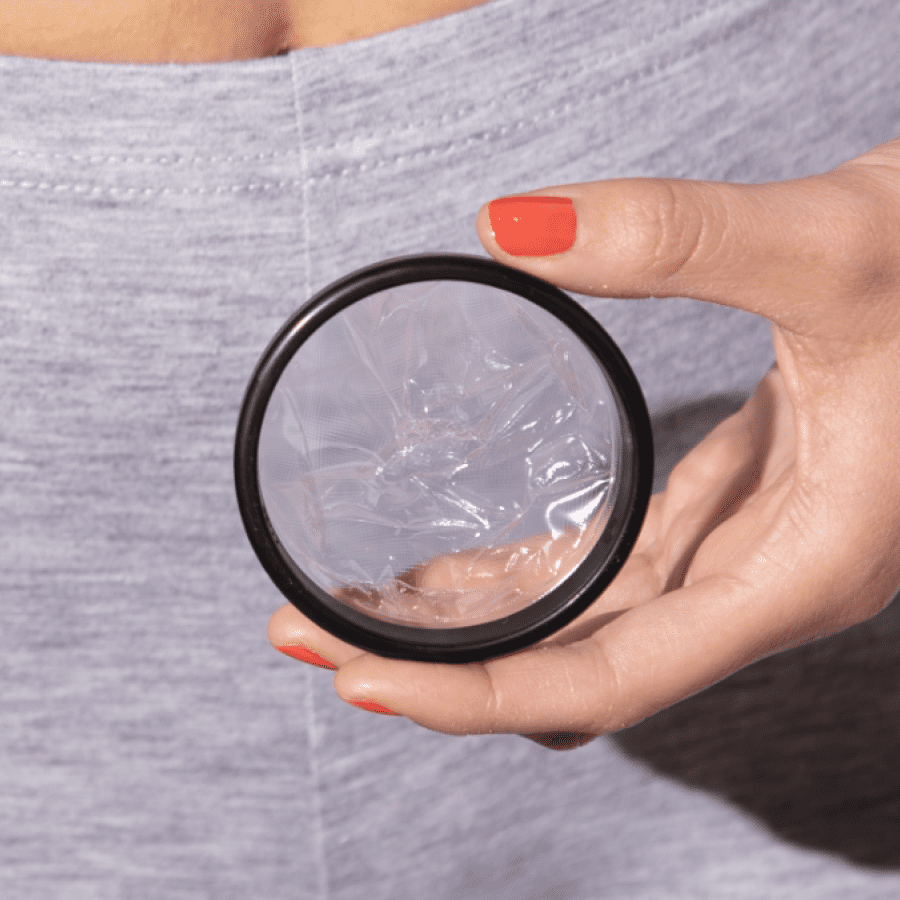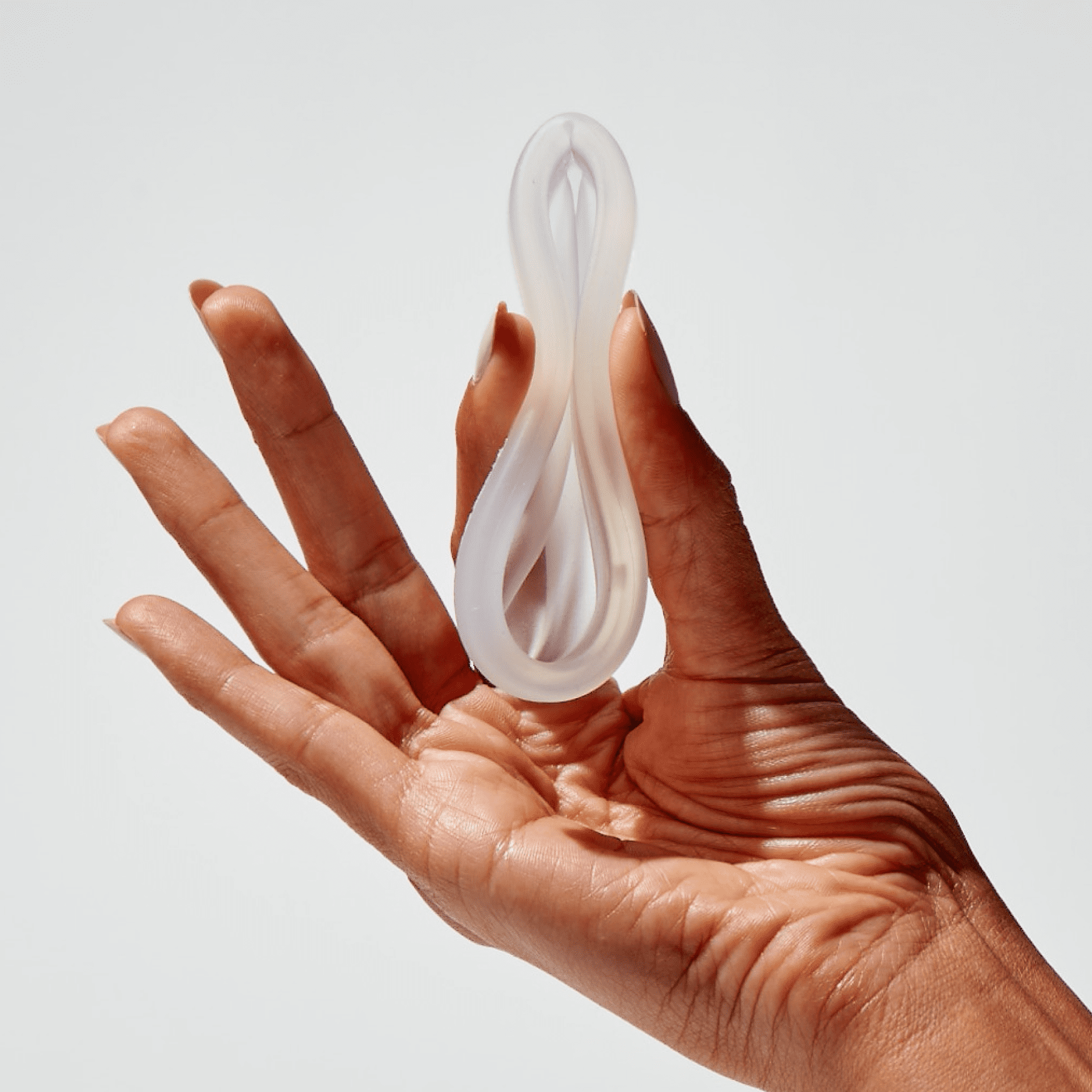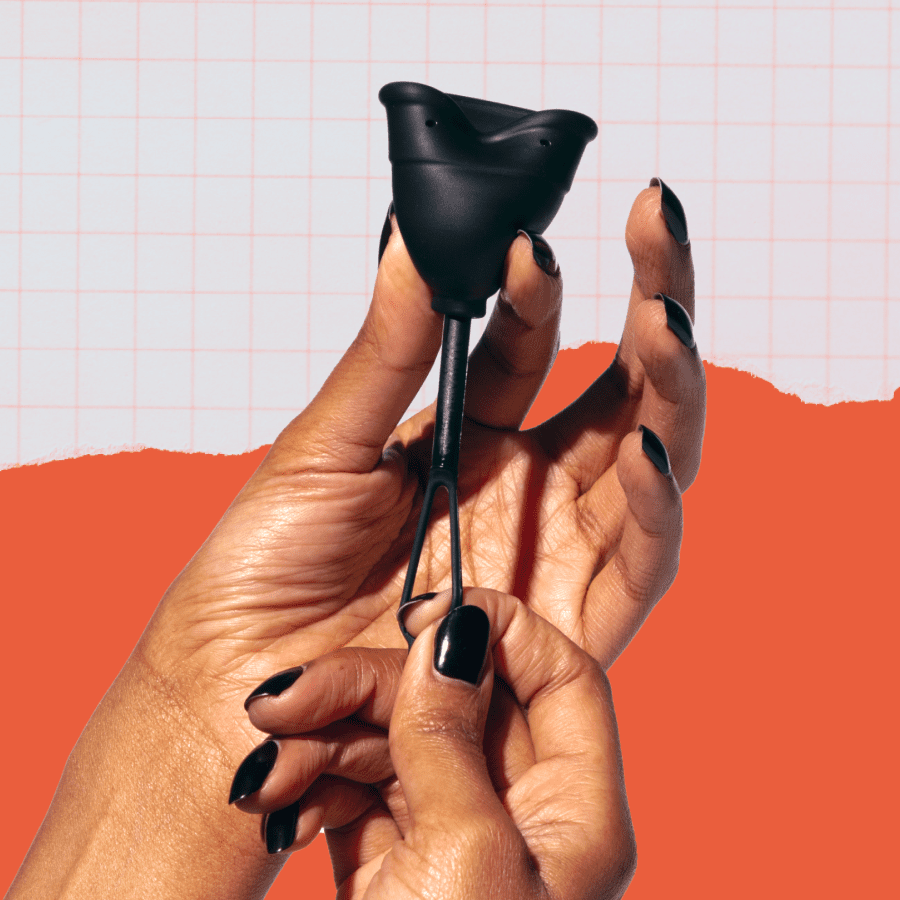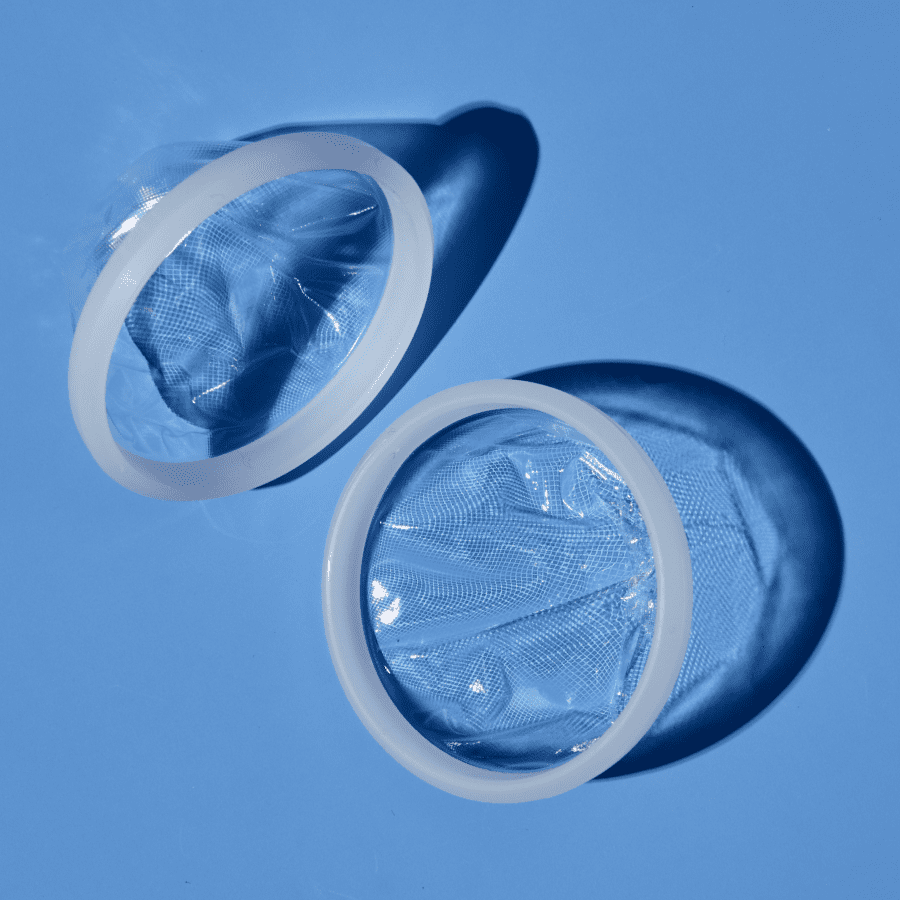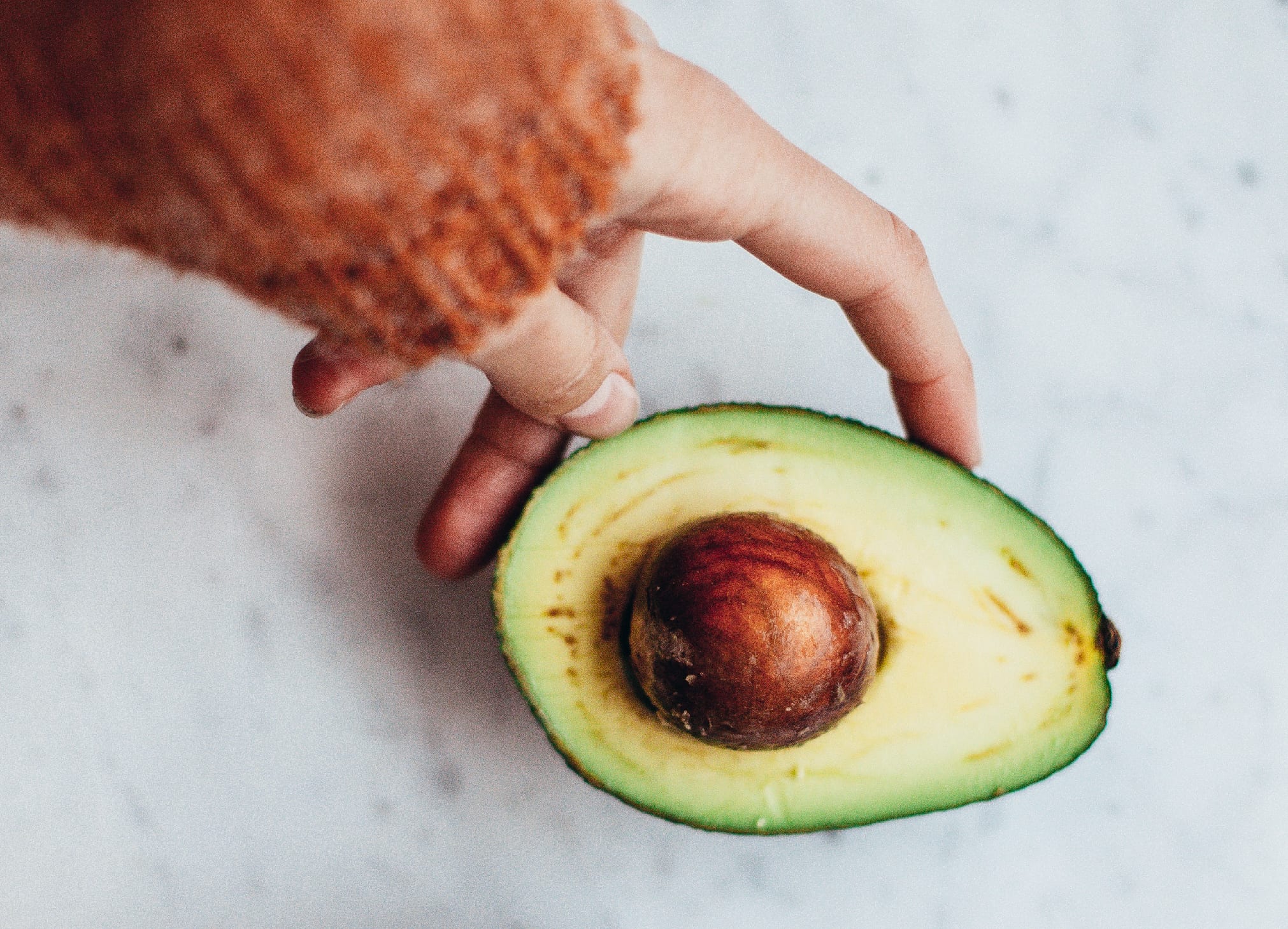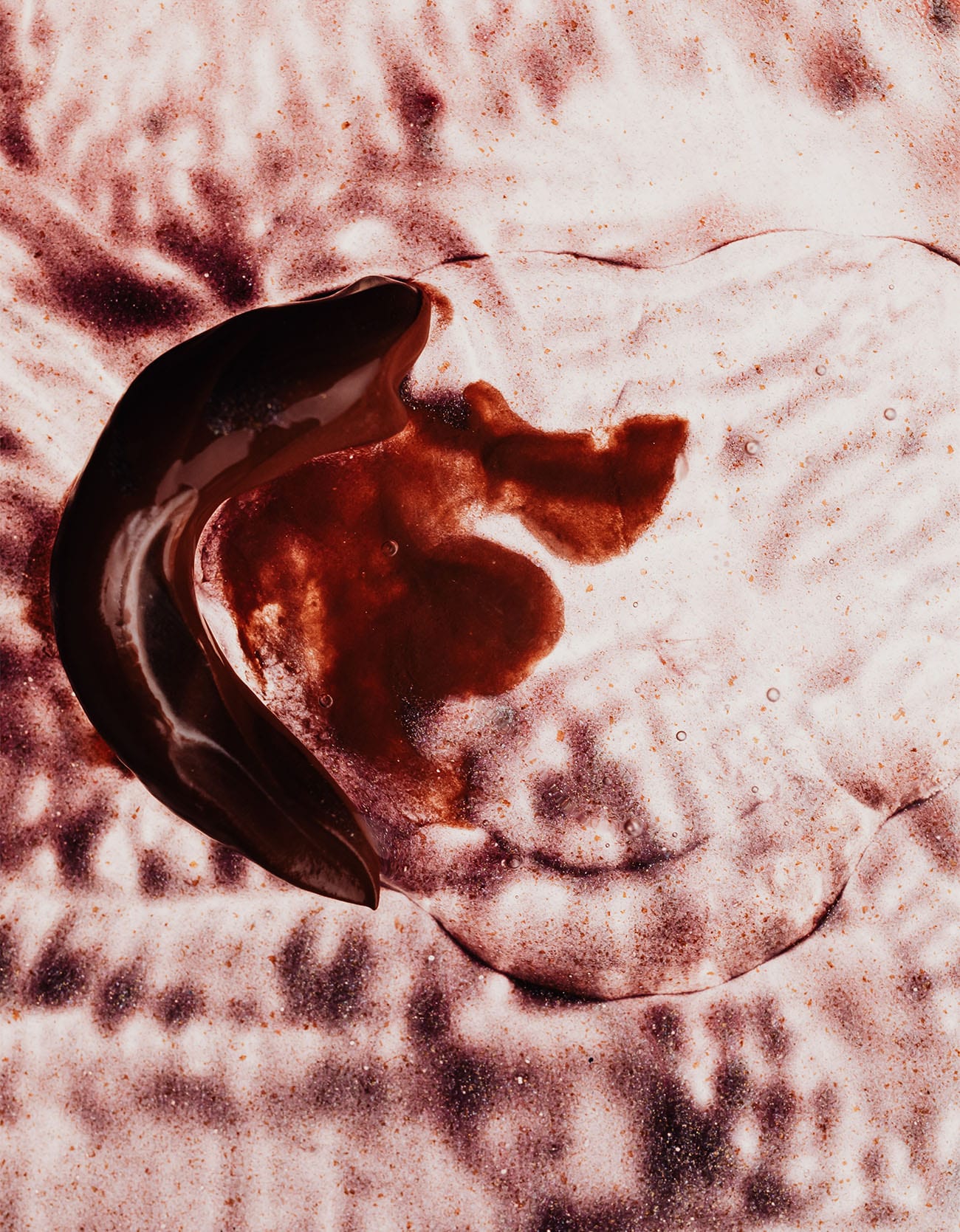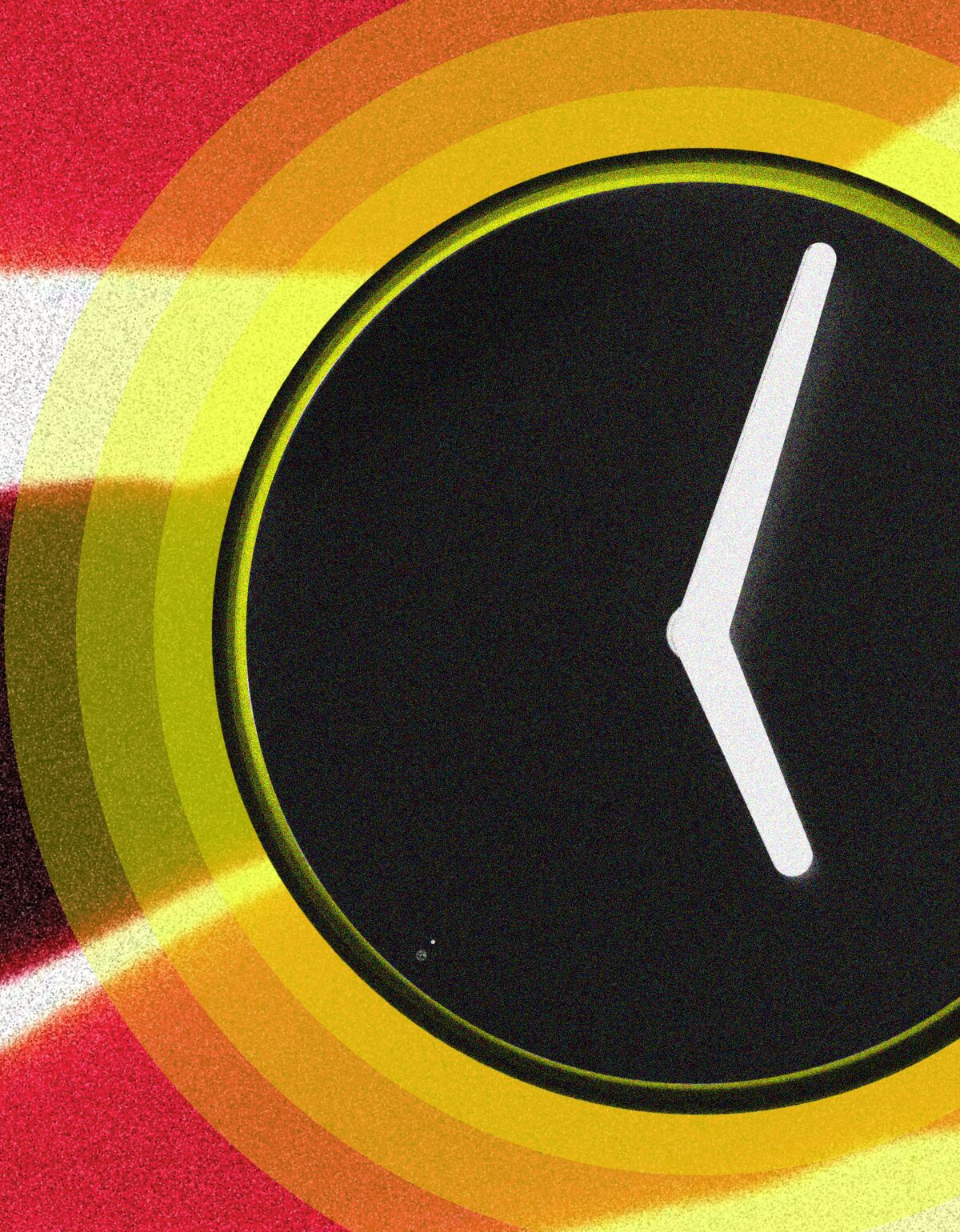When it comes to period cramps, here’s what’s normal – and what’s not
Each person’s experience with their period is unique. Some might have lighter periods while others have heavier ones.
Some might have shorter periods while others have longer ones. And menstrual periods may be completely painless for some, while others find them debilitating.
Painful periods don’t necessarily point to an underlying problem. However, if you notice a sudden change in the level of menstrual pain you experience during or before your period, bring it up to a healthcare provider.
How common is it to have painful periods?
Most people experience some form of cramping for the first day or two during their menstrual cycle. That’s absolutely normal. Compared to most adult menstruating people, teenagers are more likely to go through painful periods.
Many adults, however, have period problems that aren’t the easiest to manage – sometimes requiring time off work or school. Luckily, lots of research has gone into it. We’ve compiled a list of what helps with period cramps as well as an overview of why they happen in the first place.
What causes period cramps?
During a person’s menstrual cycle, the endometrium (also known as the mucous membrane lining the uterus) thickens and renews itself to prepare for a potential pregnancy. Waiting to implant an embryo, the uterus grows a thick lining with a rich blood supply.
If pregnancy does not occur, the body naturally produces a period: the sloughing off of the endometrium. Blood vessels open up, the uterine lining begins to shed off the uterine wall, and the uterine muscle contracts to expel tissue and blood.
Many people experience lower abdominal cramping as blood is expelled throughout the uterine body and out of the cervix before making its way out of the vagina.
Prostaglandins — hormone-like compounds that the body produces — trigger inflammation and contractions, and are the primary source of menstrual pelvic pain. More severe menstrual cramps are associated with higher levels of prostaglandins. They can also cause digestive discomfort and diarrhea (leading to the infrequently-discussed but all-too-common “period poops”).
Should I be concerned about severe period cramps?
People who experience especially severe or disruptive period cramps have what’s called “dysmenorrhea.” There are two types: primary dysmenorrhea and secondary dysmenorrhea. Whereas primary dysmenorrhea has no underlying cause— in other words, it’s “idiopathic”— secondary dysmenorrhea is classified as severe period pain resulting from a specific disease or condition.
If you have severe period cramps, always bring it up to a healthcare provider. Never ignore your symptoms, especially if there’s a sudden change in your period and accompanying cramps.
During your appointment, explain your pain in terms of its duration, where in your body you feel it, and its degree of disruptiveness to your life: For instance, “it lasts 2-3 hours each day during the first three days of my period, it spreads from my lower abdomen to my low back and even down my legs, and it’s so painful that I can’t focus on work.”
A detailed explanation will help your provider understand the severity so that they can investigate all possible causes and treatments.

Primary dysmenorrhea:
As mentioned above, primary dysmenorrhea is the term for period pain that is recurrent and isn’t due to an underlying condition. The prevalence of primary dysmenorrhea is anywhere from 16% to 91% in people of reproductive age—meaning it affects a significant number of menstruators. As time passes and you get older, the condition typically improves, but many individuals still experience some degree of pain as they age.
Paintypically begins a day or two before bleeding begins, and can last anywhere from 12 to 72 hours. It’s generally confined to the lower abdomen, back, and even thighs. In severe cases, it can result in nausea, vomiting, fatigue, headaches, and diarrhea.
Many factors can impact the presence of this disorder including exercise and diet, family history, body weight, age, and age of onset of menstruation. It is suspected that primary dysmenorrhea is found in people who have naturally higher levels of prostaglandins, but more research still needs to be done to understand why this is.
Note that period pain is not the same thing as premenstrual syndrome (PMS). PMS causes many different symptoms like bloating, irritability, and fatigue, just to name a few but these symptoms should dissipate once menstruation begins. Menstruators typically experience PMS one to two weeks before the start of their period. Pain or discomfort during your period is classified as dysmenorrhea.
Secondary dysmenorrhea:
Secondary dysmenorrhea is caused not by your period itself, but by diseases or conditions of the reproductive organs. These conditions may include:
- Uterine Fibroids
- Endometriosis
- Adenomyosis
- Pelvic inflammatory disease (PID)
- Abnormal pregnancy
- Other infections, tumors, or polyps affecting the pelvis
Secondary dysmenorrhea starts earlier in the menstrual cycle, lasts longer, and can cause severe pain in various body areas. It may radiate to the middle back, legs, or other parts of the body. This type of dysmenorrhea is more prevalent in older individuals who menstruate.

Consult a healthcare provider if you experience pain that’s not directly related to your period or that disrupts your daily activities. It’s never normal to experience a sudden, extreme increase in pain. Severe pain can leave you doubled over for hours, or physically unable to get out of bed. If you’re in so much pain that you can’t move, get yourself to the ER.
Keep in mind that some conditions related to dysmenorrhea can cause complications. For example, endometriosis can affect fertility and pelvic inflammatory disease can affect the fallopian tubes. This is why it is always a good idea to consult with your doctor if you notice a sudden increase in pain.
Depending on other symptoms and your medical history, a healthcare provider may recommend further diagnostic procedures. Pelvic exam, ultrasound, or even a laparoscopy may be recommended to rule out any of the previously listed reproductive diseases.
What helps period cramps: 7 period cramp remedies
Wondering how to get rid of period cramps? Try some (or all) of the following seven possible solutions:
1. Over-the-counter pain relief
For mild menstrual cramping, you can take a pain reliever such as aspirin, ibuprofen, such as other nonsteroidal anti-inflammatory drugs such as Advil, Aleve, or Naproxen. These types of drugs prevent painful cramps by blocking prostaglandins from being released.
NSAIDs work best when taken early in the menstrual cycle. Try taking them as soon as you notice symptoms of dysmenorrhea, or even one to two days before your cycle begins. You should only need to take them for a day or two, as cramps typically subside on their own. Avoid this type of medication if you have stomach problems, such as ulcers.
Keep in mind that acetaminophen (AKA Tylenol) is not effective at blocking prostaglandins and therefore won’t do much to help your period cramps.
2. Try some home remedies
There are innumerable home remedies and suggestions for alleviating period cramps. Some alternative treatments include taking supplements with Vitamin B, calcium, or magnesium supplements, or even using CBD—as well as acupuncture, yoga, and regular exercise. If you experience severe cramps that are unbearable, however, don’t force yourself into heavy weight lifting or strenuous aerobic exercise while on your period, opt for gentle exercise, but only if you are comfortable doing so.

The use of various herbal and dietary supplements can be helpful for some, but make sure you read the research before spending hundreds on pills and powders. Some menstruators swear by a supplement routine consisting of ginger, probiotics, and Omega-3 fatty acids. The best way to incorporate these elements by making dietary changes: finding their natural sources and add them to your regular menu (like eating Greek yogurt for a dose of probiotics or cooking some fresh salmon for Omega-3s).
3. Apply heat
Heat is a tried-and-true method of short-term treatment: Simply place a hot water bottle or heating pad on your lower back or lower stomach. You can also try a heat patch or take a warm bath for some relief.
4. Have orgasms
To top off the list of home remedies, orgasms have been reported to alleviate menstrual cramps! Orgasms trigger the release of oxytocin and dopamine, as well as various other cramp-fighting endorphins. Scientific research in this area is limited. However, many menstruators will be quick to tell you that sex or masturbation is great for period cramps.
There are innumerable Internet resources on how to enjoy mess-free period sex™. Menstrual discs, like Flex Disc, eliminate the issue of stained sheets altogether. At the very least, period sex is a way to get your mind miles away from the pain!
5. Hormonal treatment
If you consult your doctor about dysmenorrhea, they may suggest hormonal treatment. Hormonal birth control pills, the patch, IUDs, and hormonal implants are sometimes effective because they thin out the lining of the uterus, lessening blood flow and therefore potentially reducing cramping.
These birth control methods, while occasionally effective in treating dysmenorrhea, can also cause unpredictable side effects. So, they’re certainly not the perfect or only option for women with severe menstrual cramps. Ask your provider about other options and make sure to do plenty of research before committing to a hormonal contraceptive.
6. Try a different period product
Did you know that certain period products can make your cramps worse? Tampons are one such product: Thanks to their rigidity and the fact that they expand while they absorb your period, they put more pressure on your vaginal walls and can make existing cramps feel more painful.

Menstrual discs, on the other hand, sit in the widest part of the vaginal canal—the vaginal fornix—where there are fewer nerve endings. They collect (rather than absorb) your period blood and move with your body whenever your uterus contracts. Because of this, 64% of Flex Disc users report fewer cramps while using the disc.
Curious? Learn more about Flex Disc and how it works.
6. Do some crowdsource
Because nearly every person who menstruates has had some degree of period cramping, one of the best ways to address dysmenorrhea is by simply asking friends and family members what works for them. You never know what surprising trick your mom or grandmother may have up their sleeve to relieve menstrual cramps!
If you have questions about using a menstrual cup or disc and how it can help with period cramps, reach out to our Flexperts anytime via email at help@flexfits.com.
This article is informational only and is not offered as medical advice, nor does it substitute for a consultation with your physician. If you have any gynecological/medical concerns or conditions, please consult your physician.

